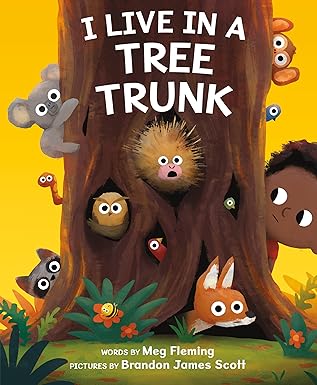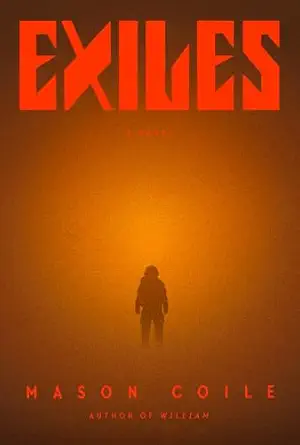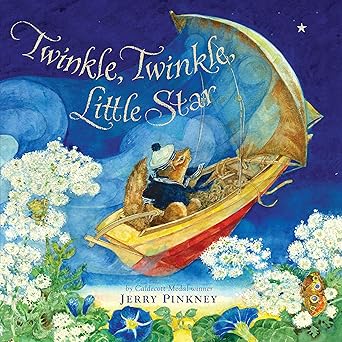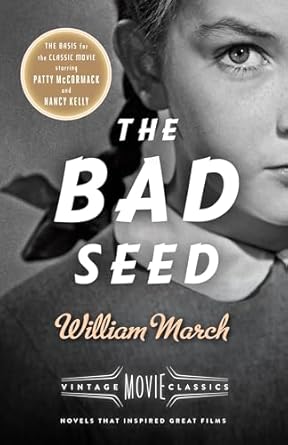Since my mom taught me to read, we have swapped book recommendations, but over the past few years we've formed a structured book club of two. We've read War and Peace, Don Quixote, The Count of Monte Cristo, and The Lord of the Rings, each over the course of a year. This year I asked to read Charles Dickens, since as a creative writing/English lit major I consider it an embarrassment that I've never read any of his work. I mean, I love The Muppet's Christmas Carol, but it isn't quite the same thing, is it?
I chose David Copperfield for three reasons:
1) It's over 800 pages, close to our meaty goal of 1000 pages.
2) There was a copy taking up significant space on my bookshelf, right next to similarly untouched Bleak House.
3) Virginia Woolf's blurb is on the cover calling it "The most perfect of all the Dickens novels."
I went in prepared to be a little bored. The vague sense I had of Dickens was that he was long-winded, needlessly wordy ("He got paid by the word!" people holler, as if that is deterrent rather than impressive), and moralistic. I also wondered if his books were all about miserable orphan boys who make good through steadfast kindness and surprise rich relations.
Well, David is at one point a fairly miserable orphan boy and he does make good with the help of a rich relation and his own diligence. But! I was not bored and there were only about two chapters I skimmed because they were so weepy. Occasionally it seemed Dickens popped through the veil of fiction, either through clumsy structure (a scene observed through eaves dropping that tests the limits of human understanding; a character's running commentary cringingly meant to bring humor to melodrama), whiplash character changes, or the semi-frequent interruptions of plot to state some sort of thesis on being hard-working and productive.
Overall, I was impressed with just how continually entertained I was by the storytelling. The characters are so delightfully drawn, I feel like I will carry them with me much longer than I do others. His aunt Betsey was our hero: At one point I texted my mom: "Janet! Donkeys!" and I imagine that will be a phrase we can call to each other through the years. His villains were delicious: the writhing, unctuous Uriah Heep; steely Miss Murdstone; and my favorite, the fantastically bitter Rosa Dartle. Let me just take a moment for Rosa Dartle. Take this first description of her:
She was a little dilapidated – like a house – with having been so long to let; yet had, as I have said, an appearance of good looks. Her thinness seemed to be the effect of some wasting fire within her, which found a vent in her gaunt eyes.
When she dispenses with her halting manner of speech and lets forth with the full vent of that "wasting fire within her," I could not put the book down. It was so vicious, so intense, so full of emotion and fury.
I'm satisfied with my first Dickens experience and at some point will pick up another. Probably Great Expectations, because there's a lady called Haversham I'm looking forward to meeting.
-Michael G.













